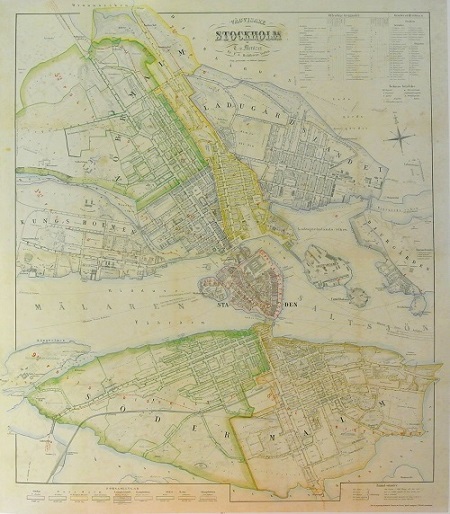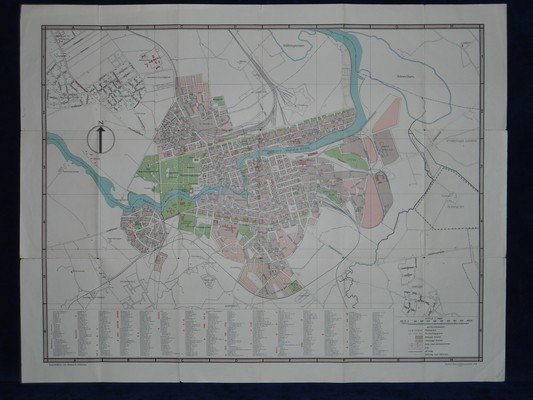Né à Paris en 1795 est un géographe français.
Auguste Henri Dufour étudia avec Lapie et travailla avec lui à plusieurs cartes du Dépot de la Marine. En 1824, il publia pour la première fois, sous son nom seul, une Analyse géographique de la carte de Palestine, et prit part dès ce moment à une foule de publications historiques ou topographiques dont il dressa et dessina les plans et les cartes. Ses ouvrages principaux sont :
* l'atlas élémentaire et universel de géographie ancienne et moderne (1828)
* plusieurs Précis de système planétaire et de cosmographie
* l'atlas joint à la France illustrée de Victor Adolphe Malte-Brun (1855)
* l'atlas Dufour, atlas universel, physique, historique et politique de la France, de ses départements et de ses colonies (106 cartes). (1857)
Parmi les élèves d'Auguste Henri Dufour figure Alexandre Vuillemin.
Namnet nämns på bl.a. en globkarta utgiven i Augsburg 1786. 'Iean George Probst Fils'.
1795-1869. Född och död i Bryssel.
Belgisk geograf. 1827 gav han ut en 'Atlas universel de Géographie physique, politique et statistique' i 6 band och 1829-30 en 'Atlas de l'Europe' med 165 kartor. Förutom dessa gav han ut olika specialkartor, speciellt över belgiska områden. Hans främsta geografiska verk, 'Dictionnaire géographique des provinces belges', planerades att utges i 12 band men kom till slut endast i 8 band (1831-38).
A Belgian publisher who produced one of the first atlases printed by lithography.
Bland arbeten.
Atlas universel de Géographie physique, politique et statistique.
Atlas de l'Europe.
Dictionnaire géographique des provinces belges.
Biogr. Belg.
Stockholm - Mentzer ca 1860.
Norrköping - 1939.
Olaus Magnus text till den berömda kartan "Carta Marina".
Texten finns även på katalanska, spanska och engelska.
Bureus karta över norden
Kartor och atlaser
Bilder och planschverk
Teckenförklaringar
The old economic map
in the Region of Mälaren.
In connection with the enclose process (“laga skifte”) it was recommended
that a summary of the maps to generalized representation of whole parishes be
produced. This work was much furthered by the order that the parish maps could
serve as a sort of qualification works for surveyors. Summaries of the
enclosure maps were also put together as framework (“stomkartor”) both for
the topographic maps and for the economic maps that were drawn for "härad"
districts that consists of a group of parishes. The economic "härad"
maps were printed in the scale of 1:50 000 beginning with the maps of the
"härad" of Uppsala county (“län”) 1860. The economic maps of
Uppsala, Stockholm, Södermanland and Västmanland counties are here analyzed
as to their reliability as sources for geographical studies by means of a
comparison between the printed maps, the field maps (e.g. the revised "stomkartor")
and the underlying enclosure maps. The descriptions (“beskrivningar”)
belonging to the economic maps have been compared with official statistics
from the same years, if possible. As a result it can be said that the old
economic maps are well done and the field checking was very carefully
performed. Consequently the maps in question give a very fine synchronous view
of the regions. They should be more used by geographers, historians and
statisticians. Unfortunately all Sweden does not possess such maps.



